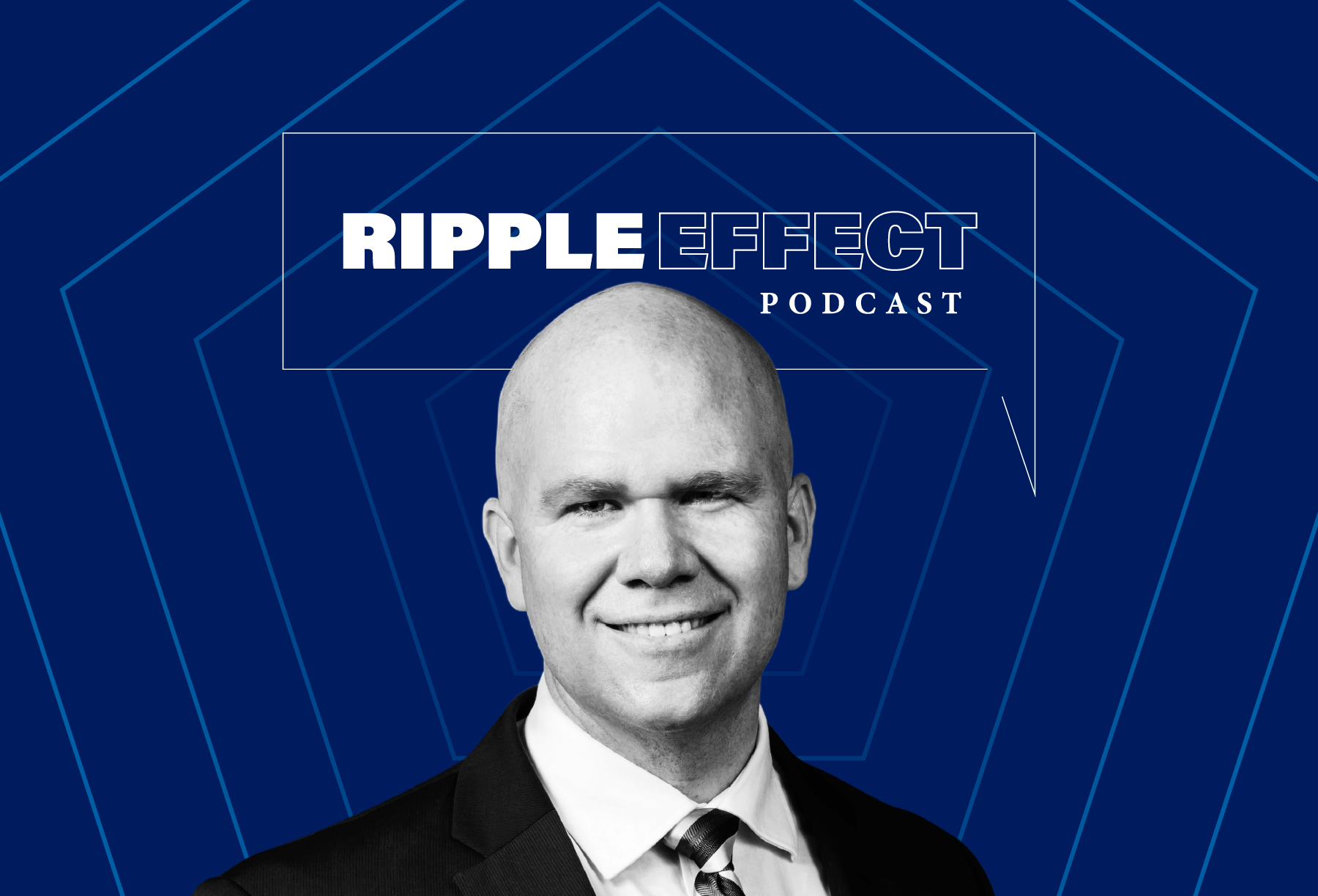Medicaid Overview
Medicaid, a joint health coverage program funded by federal and state governments, has been a crucial lifeline for millions of Americans. Coordinated with the Children’s Health Insurance Program (CHIP), Medicaid provides health coverage to over 77.9 million Americans.
Eligibility Groups
Medicaid covers children, pregnant women, parents, seniors, and individuals with disabilities, making it the single largest source of health coverage in the United States. Federal laws mandate states to cover certain groups of individuals, such as low-income families, qualified pregnant women and children, and individuals receiving Supplemental Security Income (SSI).
Expansion Opportunities
The Affordable Care Act of 2010 allowed states to expand Medicaid to cover nearly all low-income Americans under age 65. Most states have chosen to extend coverage to adults with income at or below 133% of the federal poverty level.
Financial Eligibility
The Affordable Care Act introduced a new methodology for determining financial eligibility for Medicaid based on Modified Adjusted Gross Income (MAGI). This methodology considers taxable income and tax filing relationships to determine eligibility.
Non-Financial Eligibility
Medicaid beneficiaries must be residents of the state in which they are receiving Medicaid and either citizens of the United States or certain qualified non-citizens, such as lawful permanent residents.
Effective Date of Coverage
Once determined eligible, Medicaid coverage is effective either on the date of application or the first day of the month of application, and generally stops at the end of the month in which eligibility requirements are no longer met.
Medically Needy
States have the option to establish a ‘medically needy program’ for individuals with significant health needs whose income is too high to qualify for Medicaid under other eligibility groups. These individuals can become eligible by ‘spending down’ excess income.
Appeals
States must provide individuals the opportunity to request a fair hearing regarding a denial or erroneous action taken by the state agency. States have options on how to structure their appeals processes.
Related Topics
Topics like Spousal Impoverishment, Treatment of Trusts, Transfers of Assets for Less Than Fair Market Value, Estate Recovery, Third Party Liability, and Waivers and Demonstrations are essential to understanding Medicaid comprehensively.






